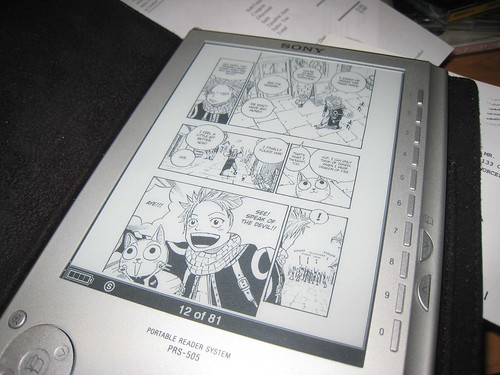Metaphysical ramblings…don’t expect them to make any sense.
I was thinking today about the whole religion and afterlife thing. It started with me not being ready to present at a meeting, and that meeting being fortuitously delayed until tomorrow, giving me time to finish getting ready for it. Which made me think “you know, I am a strong believer in the adage ‘It all works out in the end’…” Now of course there are instances where a situation or outcome is undesirable, but in that case, could it be a matter of perspective, that either the attitude was mismatched to the situation, or a misperception of scope.
In the short term, dropping an ice cream sundae on the ground does not seem to have worked out in the end, but expanding the scope, and viewing it holistically as part of a pattern of causality, perhaps it caused your food intake for the day to be healthier, or not eating the sundae put your schedule ahead by 5 minutes, which cause you to get home in time to catch the cat about to knock something off a shelf, thereby averting a disaster. Everything’s more fun with causality thought experiments, after all (bringing to mind another fun adage, “This is the best of all possible worlds”).
Now, of course, general circumstance may seem so overwhelmingly negative and perhaps lead to death. Which made me think “I can see the appeal of religion, for it lets you artificially expand scope beyond the point of death, and say that things worked out, even when it would be extremely difficult to argue that ordinarily.” Now, granted, you can expand scope beyond your life simply by switching focus to a new generation of offspring, or to humanity as a whole, but being a very self-centered sort of person, I’m choosing to focus on the individual here.
Of course, I have no such handy religious views myself, and here is why: I believe that which is termed “an individual” is at best a gestalt organism. Let me explain what I mean by that.
For the sake of argument, let’s take as a given that each individual has a “soul” which exists beyond the physical plane and persists after death. Yay, you’re immortal!
Well, not so fast. Your “soul” may be immortal, but is that “you”? I say no. Take, for instance, brain chemistry. Get whacked on the head wrong or fed the wrong chemicals, and your personality can radically shift, to the point where it can be argued you are no longer the same person. We are saying the soul is beyond the physical plane, so those chemicals aren’t affecting your soul. So what you perceive as “you” is a gestalt, then, of the soul and the physical meat that is your body. Separate the soul from the body, and you no longer have the same gestalt as before.
So even if your soul is immortal, without the body, it’s no longer “you”. At best it is an aspect of “you” but it’s no longer the same perspective, same chemical-engine of emotion and thought, or optical- and auditory-based perception. It’s not the same person. So even if your soul is immortal, when you die, that’s it, “you” are dead. That particular combination of flesh and soul is no longer.
And through all of this, the presupposition granted at the beginning is that there is an invisible immortal soul – but if that’s not true, if “you” are in fact just the byproduct of a lot of neurons dancing around in your meat brain, then when that shuts off “you” are also dead.
Now of course there are alternate ways around this – nonlinear time, branching universes, quantum interactions and the interconnectedness of all things – but for all practical purposes, dead is dead.
None of which, strangely, deters me from still believing that Everything Works Out In The End. Which I guess is the nature of belief, getting a fundamental feeling of “rightness” from a concept despite any possible logical arguments against it.














